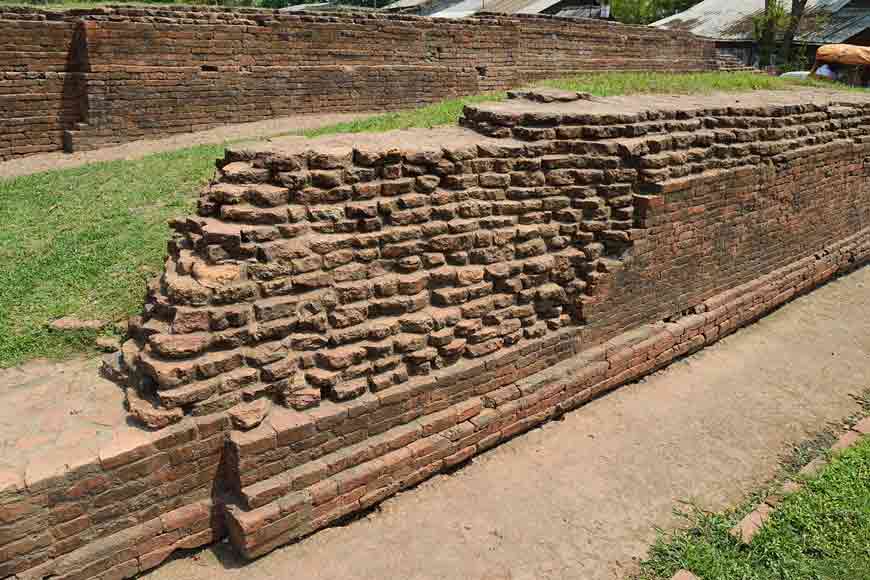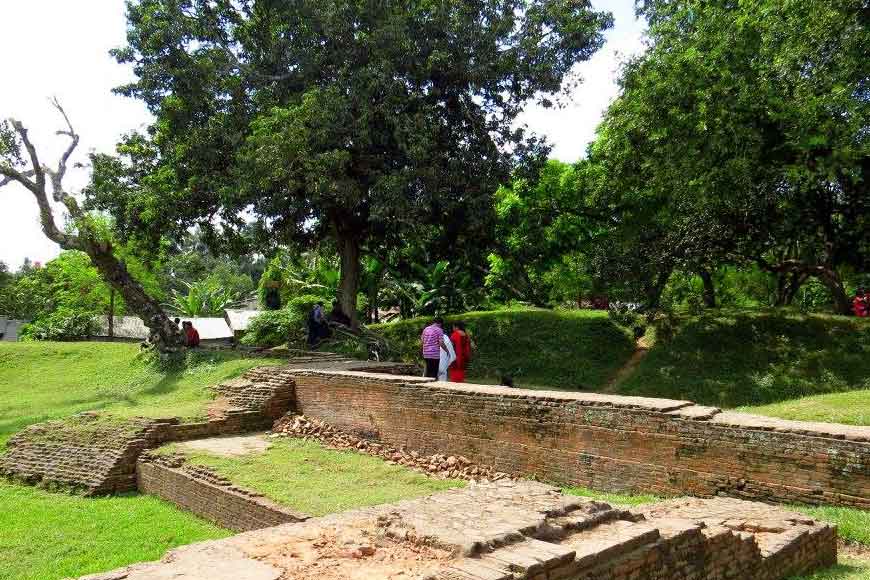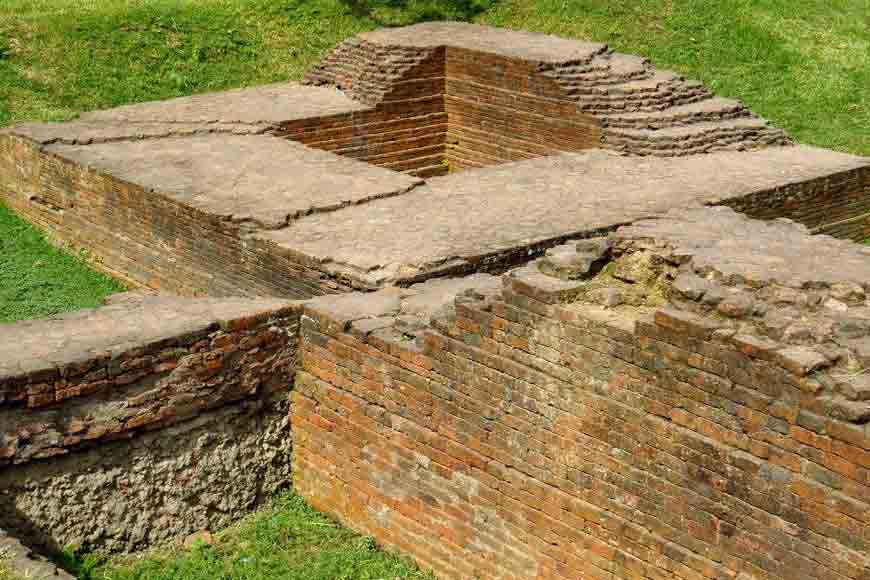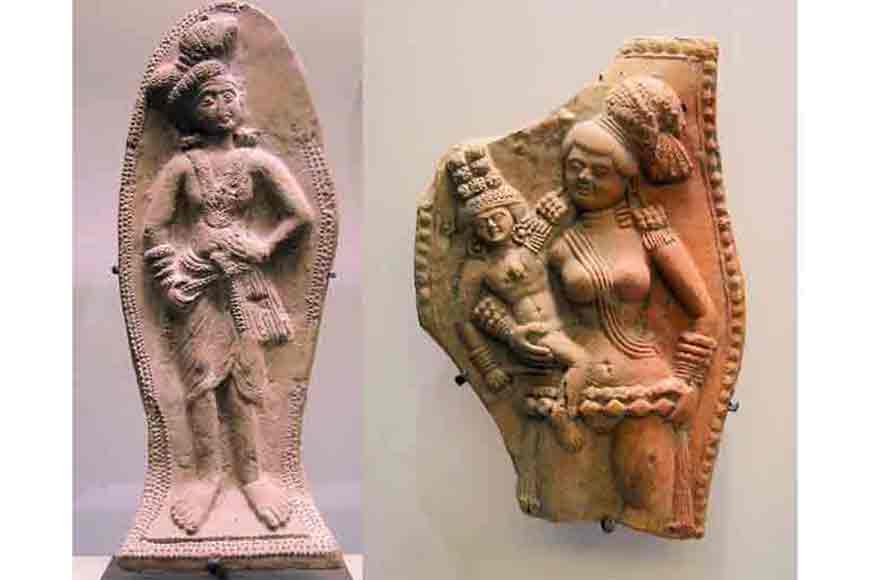The untold story of Chandraketugarh – GetBengal story

Chandraketugarh, West Bengal's North 24 Parganas—which was once a bustling coastal centre of global trade, is now in ruins, surrounded by mystery and suffering from decades of neglect. Located 35 kilometres northeast of Kolkata near Berachampa, the archaeological site is believed to be over 2,500 years old and has been linked to ancient kingdoms, including the legendary Gangaridai.
 Image Courtesy - Reetwika Banerjee
Image Courtesy - Reetwika Banerjee
The site takes its name from the mythical King Chandraketu, whose identity remains disputed. Folklore casts him as a ruler who resisted Islam and lost his throne, while some historians suggest he could be the Sandrocottus described by Greek explorer Megasthenes—long thought to be Chandragupta Maurya. Others dismiss him as entirely fictional, noting his absence from medieval Bengali literature.
British archaeologists initially dismissed Chandraketugarh, which they discovered accidentally during road work in 1907. In 1907, local resident Dr Tarak Nath Ghosh noticed artefacts during road construction and alerted the authorities. His plea to the Archaeological Survey of India (ASI) was dismissed by British archaeologist Albert Henry Longhurst, who deemed the site unremarkable.
 Image Courtesy - Reetwika Banerjee
Image Courtesy - Reetwika Banerjee
Major excavations between 1955 and 1967 at Khana Mihirer Dhibi uncovered a massive post-Gupta temple complex, artefacts from the pre-Maurya to Pala periods, and intricate terracotta figurines unmatched in eastern India. A later dig in 2000 revealed fort remains but was abandoned without publication.
The site has yielded coins, semi-precious stones, ivory objects, and terracotta plaques depicting daily life, some resembling Indus Valley artefacts. according to historians, Chandraketugarh may have been a part of an ancient maritime network that connected Bengal and Rome.

Due to neglect, the site is now open to looting, and stolen artifacts have been found in auction houses and museums around the world. MP Kakoli Ghosh Dastidar brought up the matter in Parliament in 2016, urging UNESCO recognition and protection.
Often described as “the city that never existed” due to scant historical records, Chandraketugarh remains one of Bengal’s most important yet overlooked archaeological treasures—its full story still waiting to be told.









